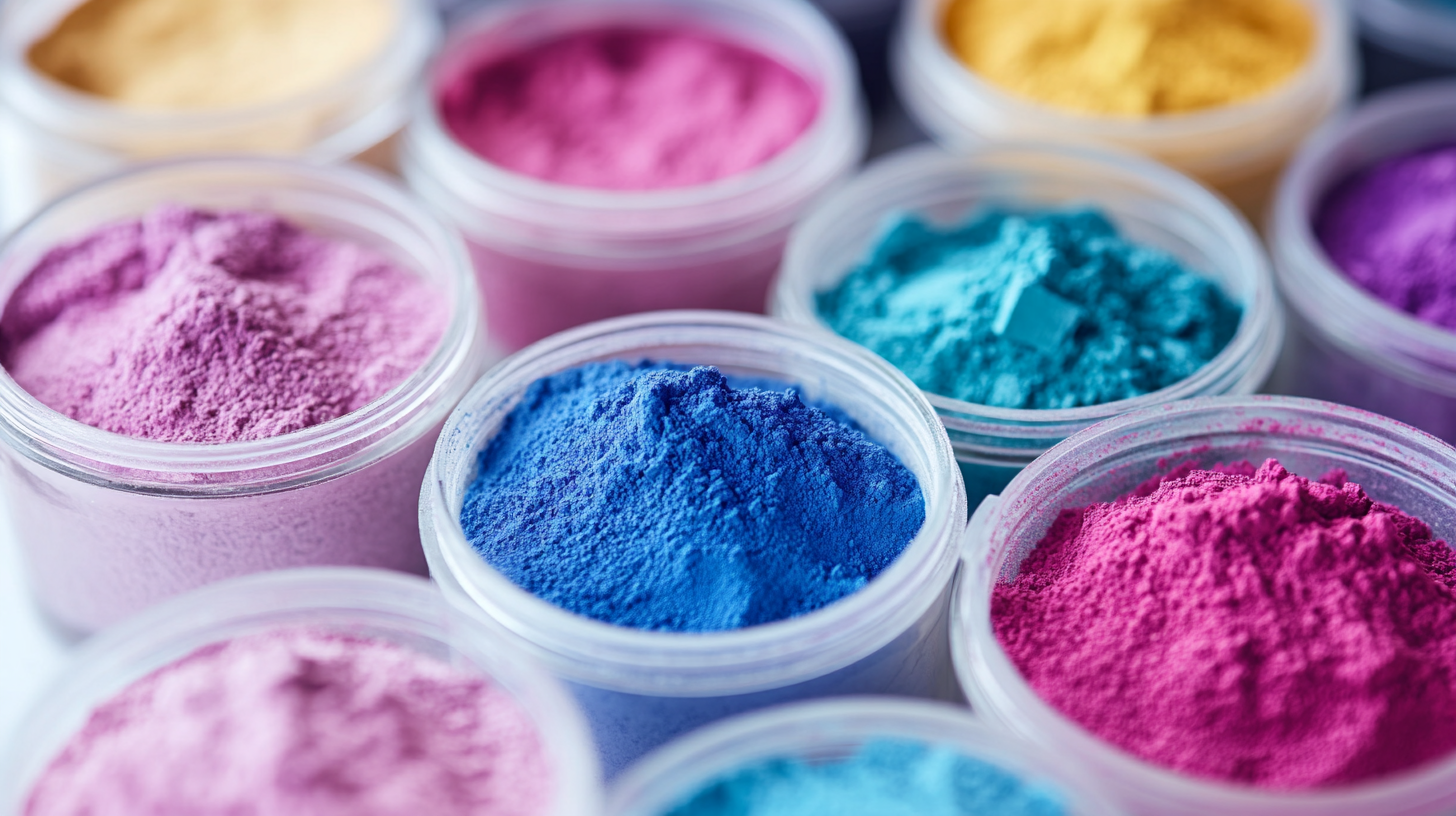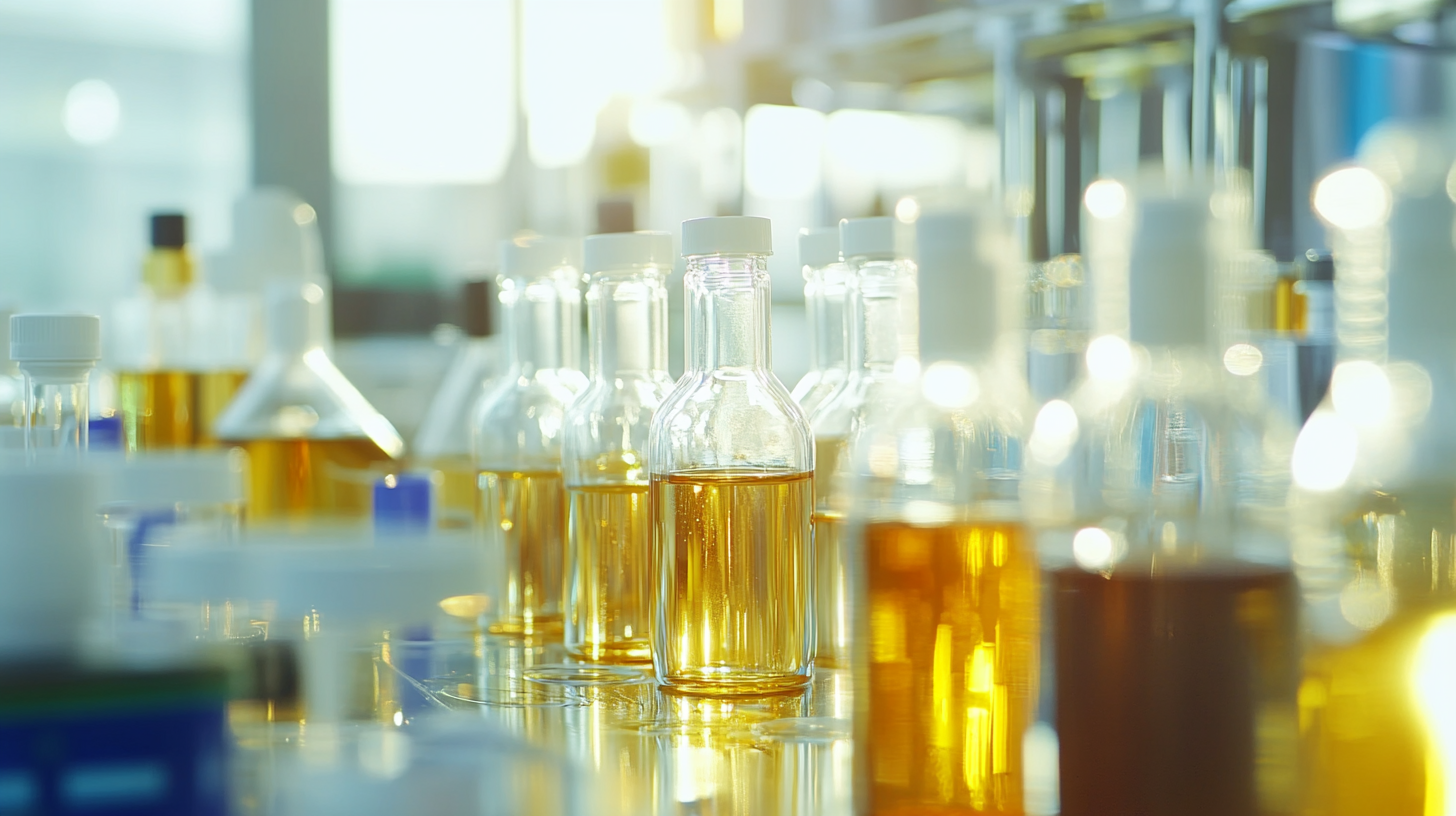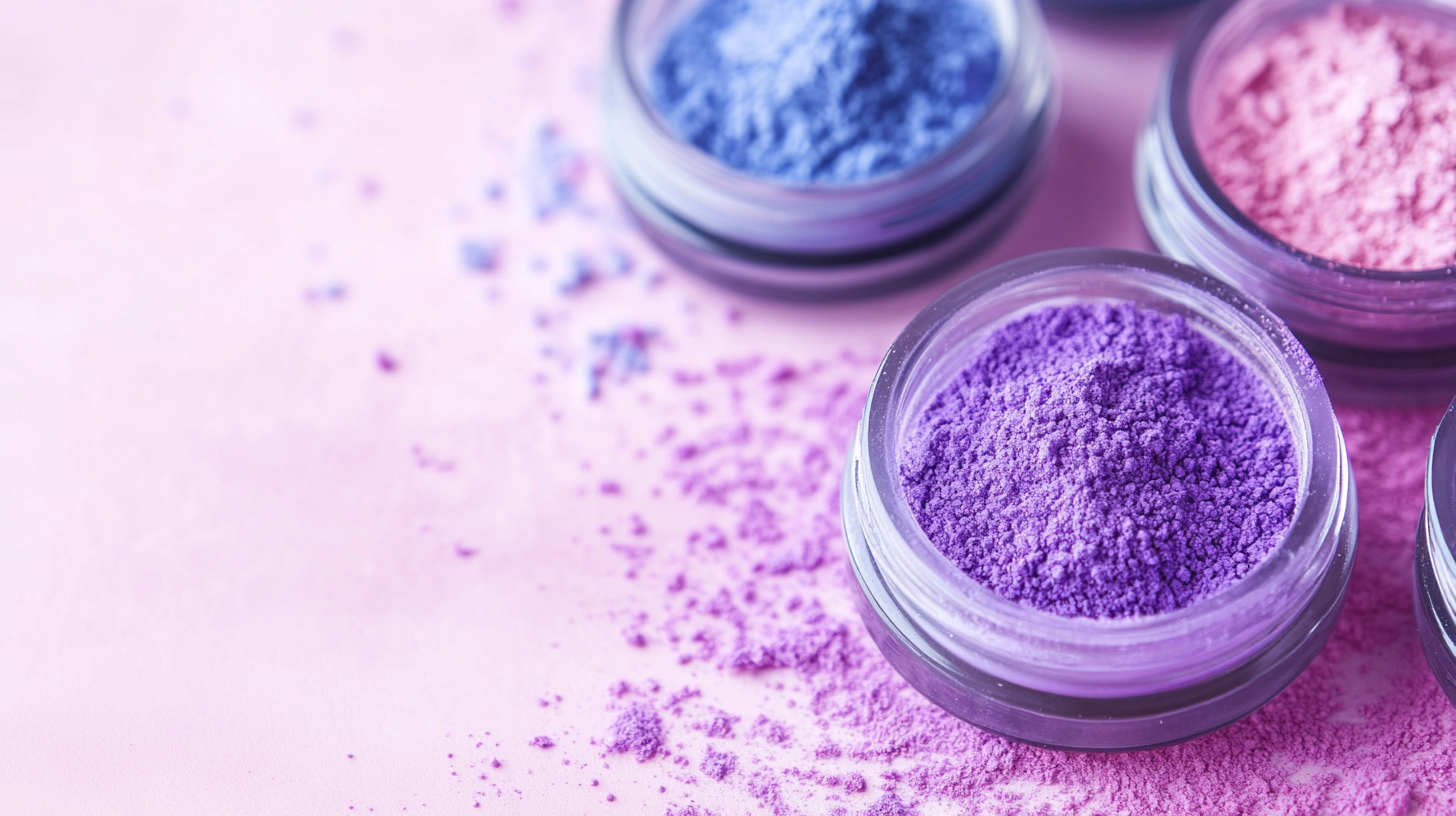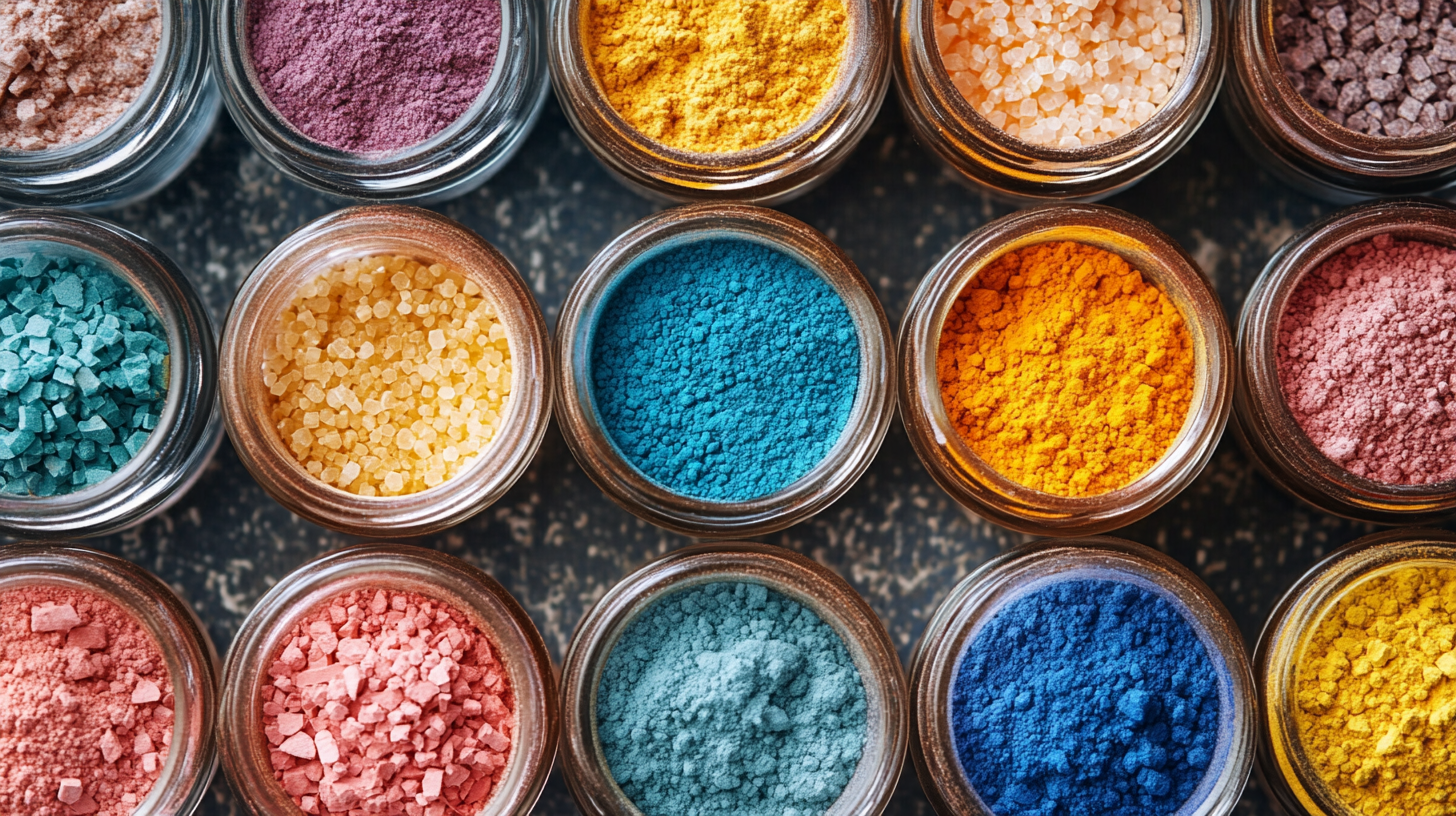The cosmetic industry has undergone phenomenal transformation in recent times owing to increased awareness and demand by consumers for better quality beauty products. As per the report from Grand View Research, global cosmetic ingredients market is expected to reach USD 25.1 billion by 2025, with a compound annual growth rate of 4.9% between 2019 and 2025. It is bringing both opportunities and challenges for the companies in this sector who want to source best cosmetic ingredients. The aspect of ingredient manufacturer selection has hence become increasingly important for global sourcing success because of a fast-evolving regulatory environment and increase in consumer expectations concerning sustainability and safety.
Importantly, a strategic approach is taken to navigate through the already inundated options from the cosmetic ingredients market. According to a recent statistic survey by Statista, it turns out that over 75% of consumers are already trying to find more and more transparency on product formulations, thus forcing brands to prioritize not just the quality of their ingredient suppliers but also the ethical standards they maintain. As brands are competing to stand out from one another amidst market noise, partnering with elite cosmetic ingredient manufacturers can keep an edge on ensuring that formulations meet consumer standards as well as regulatory criteria while enhancing innovation in product development.

In choosing the very best ingredient suppliers for success in global sourcing, the dynamic world of cosmetics makes it clear that identification of core characteristics for these manufacturers helps brands in an increasingly competitive marketplace. In view of the consumer shift toward clean, eco-friendly, sustainable, and organic products, it is the mention of clean that must propel this endeavor to the forefront of consideration. The timeline for growth shows a gnarly high projection for global active ingredients market growth which is expected to rover on the threshold of $6 billion beyond 2032, thus a natural impetus for the sourcing strategies of the manufacturers to be more responsive to this demand. Top-grade manufacturers would outwardly prove their consideration by innovativeness and quality. For example, they should always maximize Research and Development expenditure into ingredient sourcing with the opening of the R&D base of Jiangnan University. This facility is mainly into natural sourcing and thus dovetailing with consumer wants for ever safer plant-derived products. The same principle of partnership for its go-to-market strategy would be standing out in the case of Amilera and its partner BASF in Germany, where original thought is conducted in skin-care ingredients development-on which the leaders have shown immense trust through collaborative partnerships. The second characteristic that stands out from the top manufacturers is regulatory adherence. Manufacturers must develop compliancy with regards to their practices and products so as not to lose the ability to enter the market with consumer trust, in light of the heightened scrutiny imposed by organizations including the FDA and most recently Amazon in the direction of product information updates. Manufacturers developing highly pronounced mainstay themes of quality, sustainability, and compliance will gradually arise as industry leaders at the forefront of shaping the industry's future.

When drawing up a list of cosmetic ingredient manufacturers for global sourcing, one of the critical evaluation areas to consider is the certification as well as international compliance of the supplier. The cosmetic ingredient market is much likely to grow to $11.4 billion by 2025 due to its pornographic increasing demand sources and applications; according to MarketsandMarkets, this forecasted growth trend would be experienced by the cosmetic-industry-increasingly-present-innovative-products.
On the other hand, the supplier should obtain certificates like the above discussed as Ecocert and COSMOS, which have been increasingly client driven for more natural and organic products. As projected by Grand View Research on the Global Organic Personal Care Market, it is likely to reach $25.1 billion by 2025, thereby prompting manufacturers to comply with certifications related to such products to capture eco-friendly brands. This not only adds to supplier credibility against product recalls, liability, and other risks but also helps to maintain brand assurance in the increasingly globalized marketplace.
In the modern world of digitization, accessing such platforms as the International Organization for Standardization and the Personal Care Products Council can assist in verifying suppliers. A simple compliance framework will assure the customer quality and strengthen long-term relationships with the brands that look for reliance and ethical sourcing practice. Localizing compliance to those specific global standards conforms to adding credibility to a supplier but also minimizes supplier risks concerning product recall and liability, which are critical to maintain brand integrity in the global marketplace.
The right choice of supplier is thus vital to the success of the competitive cosmetic industry today, in an era of increasing scrutiny over sustainability and ethical sourcing practices.

The rapid strides in cosmetic application progress have incredibly increased the needs for different cosmetic raw materials in 2023. The global skin care market size is expected to reach USD 115.65 billion by 2024, with projections up to USD 194.05 billion by 2032. Consumer inclination towards new-age totally different multifunctional beauty products, reflected in such figures, is the major reason for this boom. For instance, the segment of facial masks is expected to get closer to about USD 38.99 billion market size by 2024, thanks to the acceptance of various formulations such as creams, gels, and even sheet masks, which are introduced with active ingredients such as vitamins and antioxidants.
Moreover, it is said that it is gaining popularity within niche markets such as that for stem-cell beauty products, speculating that serums, creams, and moisturizers would be the three main product types in this segment. It stands apart for the fact that it offers both allogeneic as well as autologous treatment and caters to specific skin issues, including so-called age and pigment concerns. On the other hand, the market for beauty oils is also reviving and expected to be USD 7 billion market value by 2024 due to rising concerns regarding skin problems and rise in natural preference for skincare.
The distribution channels for these increasingly diverse products continue to diversify, taking a greater share of sales to electronic commerce and exclusive brand retail outlets. This points to the value of strategic brand positioning and adaptability in an increasingly volatile environment for sourcing and marketplace trends around cosmetic ingredients. Emerging opportunities for growth will continue to be tapped by manufacturers who keep abreast of changing consumer preferences.

In the face of this incessantly changing beauty industry, sourcing the cosmetic ingredients becomes one of the center-stage issues related to sustainability. In this light, the perception towards consumer goods had begun to favor health-consumer-inspired beauty products. The consumers are demanding transparency and ethical sourcing from the brands. As much as these consumers now want products that can transform their looks, they also want to stand firm on their values before they will purchase any cosmetic; therefore, cosmetic ingredient manufacturers have to begin thinking about sustainability in their sourcing strategies.
One of the key issues in the sustainable narrative is the complexity of supply chains, such as those connected to palm oil derivatives. Although representing only part of their system, what they are doing is part of their sustainability commitments, which is where many companies find themselves caught in these opaque sourcing practices that may tie up an ethical claim. With increasing awareness and scrutiny from advocacy groups, brands are required to make sure that their supply chains are transparent and traceable. This diligence builds up consumer trust as well as enhances a company's reputation in an industry rapidly moving towards more sustainable standards.
Innovation in design product costs is, moreover, an integral part of aesthetics and sustainability in an optimal combination. New products that promise the guarantee of having natural and organic ingredients offer therefore a broad indication towards ecocentric, holistic beauty. Surely, the market of natural cosmetics is widening, with very big expectations specifying growth for the next decade, and it will require adapting sourcing practices to meet these rising standards. It will do well not just for the planet but also to cash in on that very promising market trend where beauty and quality live together.
For sourcing decisions in the modern cosmetic world, the scales of cost versus quality stand precariously crippled. Market Research Future recently reported that the global cosmetic ingredients market is expected to approach USD 18 billion globally by 2025. This underlines the point for manufacturers to source suppliers with the top hierarchy, one that does not compromise on quality. High-quality ingredients are critical to product safety and efficacy, which in turn engenders consumer trust and brand loyalty.
When assessing potential ingredient manufacturers, companies must factor in the long-term value of quality over the short-term initial price. Mintel's study reveals that almost 70 percent of consumers would pay more for products marketed as containing high-quality ingredients. This is a trend away from low-value, where premium ingredients are now perceived to correlate with superior performance and safety. Therefore, sourcing from reputable manufacturers would translate into a more favorable return on investment supported with a better product reputation and reduced incidence of recalls.
The complications involved in sourcing also mean that global supply chains require an equally sophisticated and intense vetting process. According to a study by Grand View Research, over 60% of companies indicate poor quality control is a major challenge within their sourcing strategies. By emphasizing manufacturers that operate under strict quality practices, companies can minimize risks associated with ingredient unreliability and maximize the functional efficiencies of their supply chain. Thus, cost and quality must be an open area for decision-making to provide for ensuring further success in the volatile industry of cosmetics.
2025 Bio-Botanica, a division of Bio Answer Holdings Inc. All Rights Reserved.